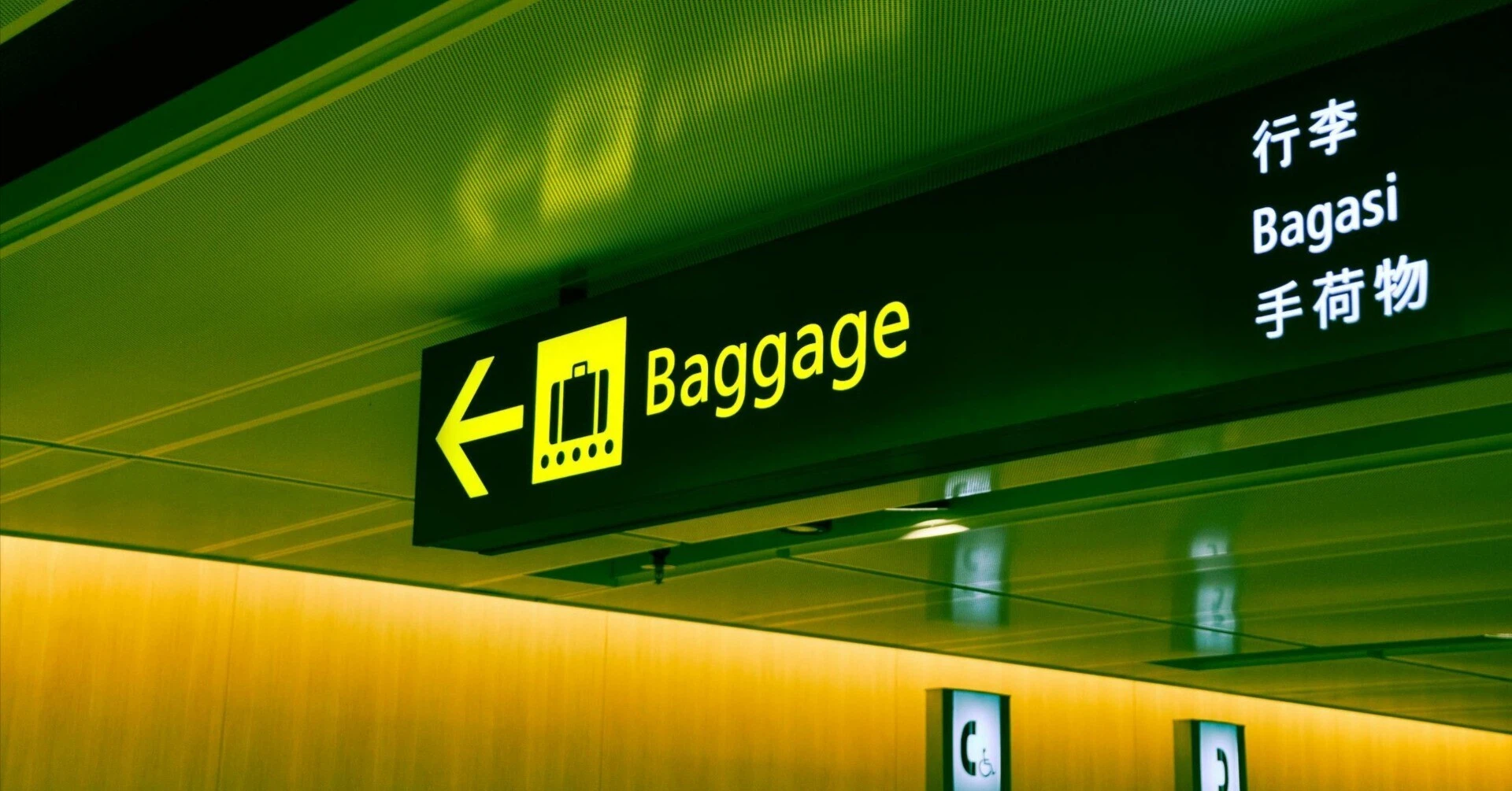
Where Does the “Difference” in Airport Experience Come From?
Have you ever arrived at an overseas airport, hoping to finally relax after a long flight, only to find yourself waiting endlessly for your checked luggage? 
This kind of experience is surprisingly common.
And yet, at other airports, baggage claim is impressively efficient
Take Singapore’s Changi Airport, for example. By the time you reach the carousel, your luggage is often already there, neatly lined up. The entire arrival process is astonishingly quick.
But this raises a question: Why do such large differences exist between airports that seemingly have similar facilities?
Hardware Alone Doesn’t Define Service Quality
At first glance, it seems like baggage handling efficiency must depend on hardware — advanced conveyor systems, automated sorting technology, and so on. However, the real story isn’t quite so simple.
No matter how modern the equipment, it doesn’t function effectively without the people who operate it. You need ground crew to unload and sort bags, staff to manage the carousels, and teams to coordinate the entire airport operation. Without this human element, even the most expensive systems can fall short — and customer satisfaction suffers as a result.
In the case of Changi Airport, the smooth experience isn’t just due to technology. It’s thanks to the “software” side — the people. From behind-the-scenes logistics to front-line customer service, it’s people who ultimately power the quality.
The Strengths (and Challenges) of Human Service
Excellent service isn’t limited to Japan or Singapore.
Airports like Incheon (Korea) and Hamad International (Qatar) are also known for smooth operations and high customer ratings.
What these airports have in common is not just equipment, but also attentive staff, efficient baggage handling, and well-managed operations.
So what exactly makes the “human side” of service so effective?
And what challenges come with relying on people?
Let’s explore these questions in more detail in the next installment
(continued)





